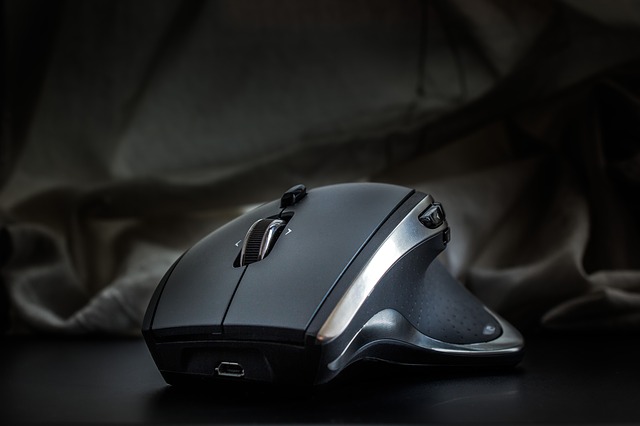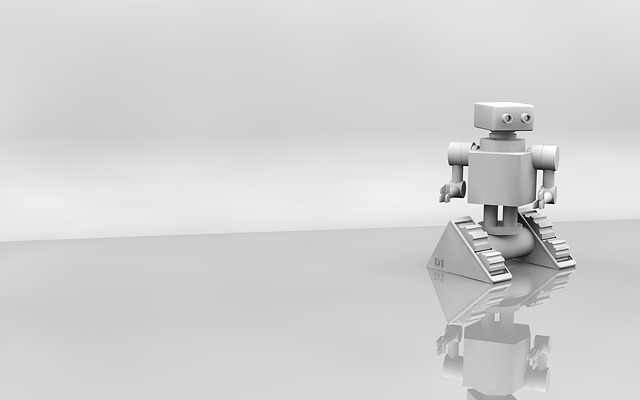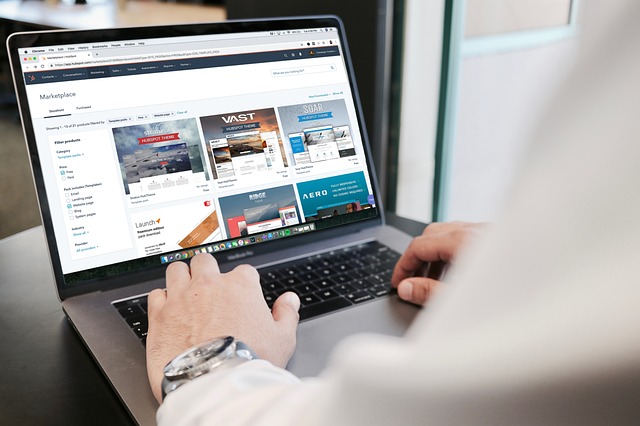
Whether you have a business online or just a blog, knowing how to create a good website is important. Website creation is key to determining how your site is perceived and how much it is trusted. This article has several website development tips for creating a great website.
To facilitate navigation, consider utilizing fixed-position navigation. This keeps the site menus in place as visitors scroll through your site. Not only is this convenient for your visitor, but it can also help internet marketers by facilitating any action for visitors (e.g purchase a product, subscribe to a newsletter).
Incorporate a tagline prominently on your website. A good tagline is a central motto or exclamation that lets a reader know what your website is focused on. Use clear taglines to help people that visit your page. You only have a few second to get their attention and get them them to look through the whole website.
If you want to maximize the potential of your website design, ensure that your pages appear correctly on all web browsers, so any visitor can view them. If something works in Chrome it might not work in Firefox, for example. Visually test your website in every browser you can prior to launch.
Speed is critical online, so you have to be certain that your website pages load very quickly. If someone has to wait while your site loads, there’s a chance they will get impatient and go to another site, and they might not visit your site again.
Search Box
Always include a search tool for searching through your site. A simple tool such as a search box lets the visitor easily a specific piece of information on your site. If there is no search box, they are not going to take the time to look through all your content. They are just going to move on. Normally, the best place to include the search box is in the upper right hand corner, as that is where most visitors look for it.
It is imperative to replace old content with new. When you are offering specials that are past their expiration, you will watch your visitor counts dwindle. Allowing information that is outdated to remain on your website is a sign to users that you have not taken the time to update your site and it implies that you don’t care about their time. Create a regular schedule for updating the content of your page, and weed out anything that has become irrelevant.
Do not go overboard with graphics. While graphics are important to give your website a professional, cohesive and well-designed look, using too many of them can create clutter. Use graphics for improvement, not decoration. Using an adequate amount of graphics keeps clutter away and helps you focus on site usability.
Do not use JavaScript too much. Even if JavaScript opens up interesting possibilities for your designs, not all your visitors will be able to see your content properly. Web browsers are all different, and each comes out with new versions pretty regularly. Keep in mind that not every single person who visits your site has the most up to date browser version. Also, everyone doesn’t enable JavaScript on their browsers. These two things mean that some users won’t be able to use your site.
Do not use JavaScript too much. While it may offer many different ways to create a more transparent and responsive website, it can pose difficulties for some visitors. Keep in mind that your visitors use different web browsers. Some visitors will have older versions of their browser, which doesn’t support the latest JavaScript. You should also be aware that some of your users will have JavaScript disabled through their browser. These two factors can prevent many users from accessing your site.
No matter the audience you seek to target or the focus of your site, it is important to focus on load times that are under ten seconds. A well-designed, efficient site should pop up in visitors’ browsers in a matter of moments. Many online users want instant gratification, so you should provide that.
Keep load times to a minimum of your site. People are more likely to leave your site if the load time is too long. Do your best to reduce graphics, scripts, and Flash.
Make sure that your page loads in less than 10 seconds. A website that is designed well should load up very fast no matter what browser the visitor uses. Most online users want satisfaction, immediately.
Build small sites at first, analyze what worked and what didn’t. Start out by making a few pages that just have basic information and some easy text, then asses how it works for you.
You should know everything included in hosting service’s package. Aspects such as bandwidth, file sizes, platforms and space limitations are among some of the most important considerations. Ensure that you understand what you’ll be receiving.
Make use of free software in your site setup. You can use a lot of free tools to assist your building of your website, so check into the software that is available to you. Hit your favorite search engine and do research to find a piece of software that suits your needs.
Even if you see designs you are attracted to on other sites, it is better to be creative on your own. Come up with features of your own, and enhance ones that you have found elsewhere. By taking this particular step, you have helped maximize all your hard work in website design.
It is important that you understand basic website development methods regardless of the type of site you run. A website that is designed well is very appealing to many people, and one that will attract many visitors. Follow these tips to create a website that succeeds.
The content that appears on your site should be compelling and interesting. If it grabs your visitors attention, they will stick around and return for more. Useful, informative content which matches what visitors are looking for will ensure your visitor numbers continue to increase.








